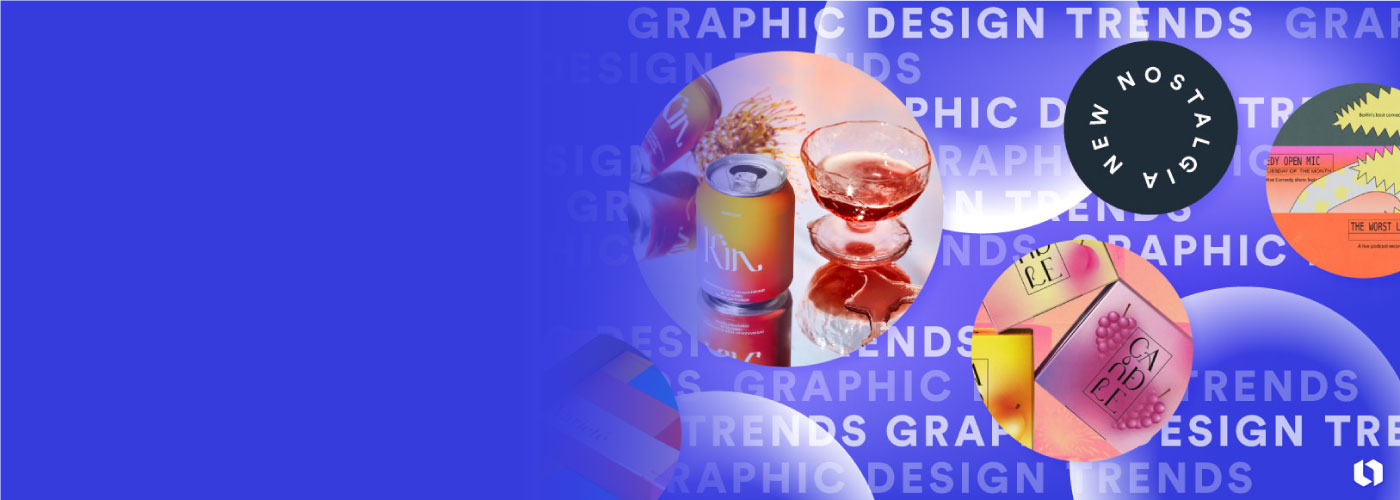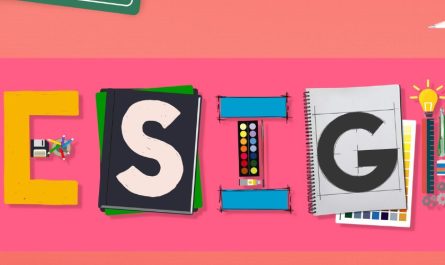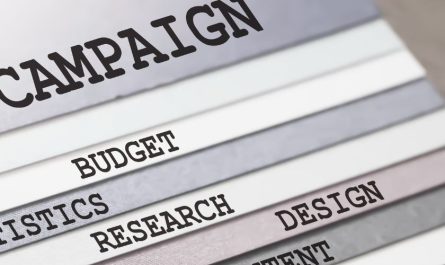As we navigate through 2024, the design landscape continues to evolve, influenced by technological advancements, cultural shifts, and a growing emphasis on sustainability. This year, we see a dynamic blend of Modern Art Trends & Emerging Art Styles that are pushing the boundaries of creativity. From digital design to interior spaces, the latest trends reflect a deepening connection between technology and human expression, offering fresh perspectives on how art and design intersect.
1. AI-Driven Design: The Intersection of Technology and Creativity
Artificial Intelligence (AI) continues to reshape the design industry in 2024, providing designers with powerful tools to streamline workflows and enhance creativity. AI-driven design is no longer just about automating repetitive tasks; it’s about generating innovative ideas and creating personalized experiences. For instance, AI can analyze user data to create tailored designs that resonate with specific audiences. This integration of AI into design is a clear reflection of Modern Art Trends & Emerging Art Styles, where technology plays a central role in the creative process.
AI tools are also helping designers explore new forms of artistic expression. By analyzing vast amounts of visual data, AI can identify patterns and suggest novel combinations of colors, shapes, and textures, leading to unique design outcomes that might not have been possible through human intuition alone. This blend of human creativity and machine learning is driving a new wave of designs that are both efficient and artistically groundbreaking.
2. Sustainability and Eco-Friendly Design
Sustainability remains a core focus in 2024, with designers increasingly adopting eco-friendly practices. This trend is seen across various design disciplines, from product design to architecture and interior design. The emphasis on sustainability is influencing the choice of materials, with a growing preference for recycled, biodegradable, and sustainably sourced resources.
In the context of Modern Art Trends & Emerging Art Styles, sustainability is not just about the materials used but also about the design philosophy. Designers are exploring ways to create timeless pieces that stand the test of time, moving away from fast-fashion design cycles. The aesthetic of eco-friendly design is also evolving, with a focus on natural colors, organic shapes, and textures that mimic the environment, reflecting a harmonious blend of nature and technology.
3. Maximalism: A Bold Return to Expressive Design
While minimalism has dominated design trends in recent years, 2024 is witnessing a resurgence of maximalism. This trend embraces bold colors, eclectic patterns, and layered textures, creating visually rich and dynamic spaces. Maximalism in design is a response to the clean, sparse aesthetic of minimalism, offering a more vibrant and personalized approach to design.
Maximalism aligns with Modern Art Trends & Emerging Art Styles by celebrating individuality and artistic expression. Designers are increasingly drawing inspiration from diverse cultures, historical periods, and personal experiences to create spaces that are both visually stimulating and deeply personal. This trend is particularly evident in interior design, where maximalist spaces are characterized by a mix of patterns, bold color schemes, and a curated collection of objects that tell a story.
4. Digital and Augmented Reality in Design
The integration of digital and augmented reality (AR) technologies is another major trend in 2024. These technologies are transforming how designers visualize and present their work, offering immersive experiences that go beyond traditional media. AR, in particular, is being used to create interactive environments where users can engage with design elements in a virtual space before they are realized in the physical world.
In line with Modern Art Trends & Emerging Art Styles, digital and AR technologies are opening up new possibilities for creative expression. Artists and designers are using these tools to blur the boundaries between the digital and physical worlds, creating hybrid experiences that challenge conventional notions of space and form. This trend is particularly impactful in fields like architecture, interior design, and exhibition design, where AR can enhance the viewer’s experience and provide deeper engagement with the design.
5. Retro Futurism: Nostalgia Meets Innovation
Retro futurism is making a strong comeback in 2024, combining nostalgia with forward-thinking design. This trend draws inspiration from past visions of the future, often seen in mid-20th century science fiction, and reinterprets them through a contemporary lens. The result is a unique aesthetic that merges vintage elements with modern technology.
Retro futurism is closely linked to Modern Art Trends & Emerging Art Styles, as it represents a fusion of historical references and innovative design practices. This trend is particularly popular in graphic design, fashion, and interior design, where designers are exploring the juxtaposition of old and new, creating spaces and products that feel both familiar and futuristic.
6. Emotional Design: Creating Deeper Connections
Emotional design is becoming increasingly important in 2024, as designers focus on creating experiences that resonate on a deeper, emotional level. This trend is about understanding the user’s needs, desires, and emotions and designing products, spaces, and interfaces that evoke positive feelings.
In the realm of Modern Art Trends & Emerging Art Styles, emotional design is about more than just aesthetics; it’s about creating meaningful interactions that foster a connection between the user and the design. This approach is particularly relevant in digital design, where user experience (UX) is crucial, but it also extends to product design, where the tactile and sensory qualities of a product can significantly impact the user’s emotional response.
Conclusion
The design trends of 2024 reflect a dynamic interplay between technology, sustainability, and artistic expression. Modern Art Trends & Emerging Art Styles are at the forefront of these developments, influencing everything from the integration of AI in design processes to the resurgence of maximalism and retro futurism. As designers continue to explore new ways of merging creativity with innovation, the design landscape is set to become even more diverse and exciting, offering endless possibilities for those willing to push the boundaries of what design can be.
If Return on Investment is critical for you, talk to Clevertize!
Reach out to us at saumya@clevertize.com!





